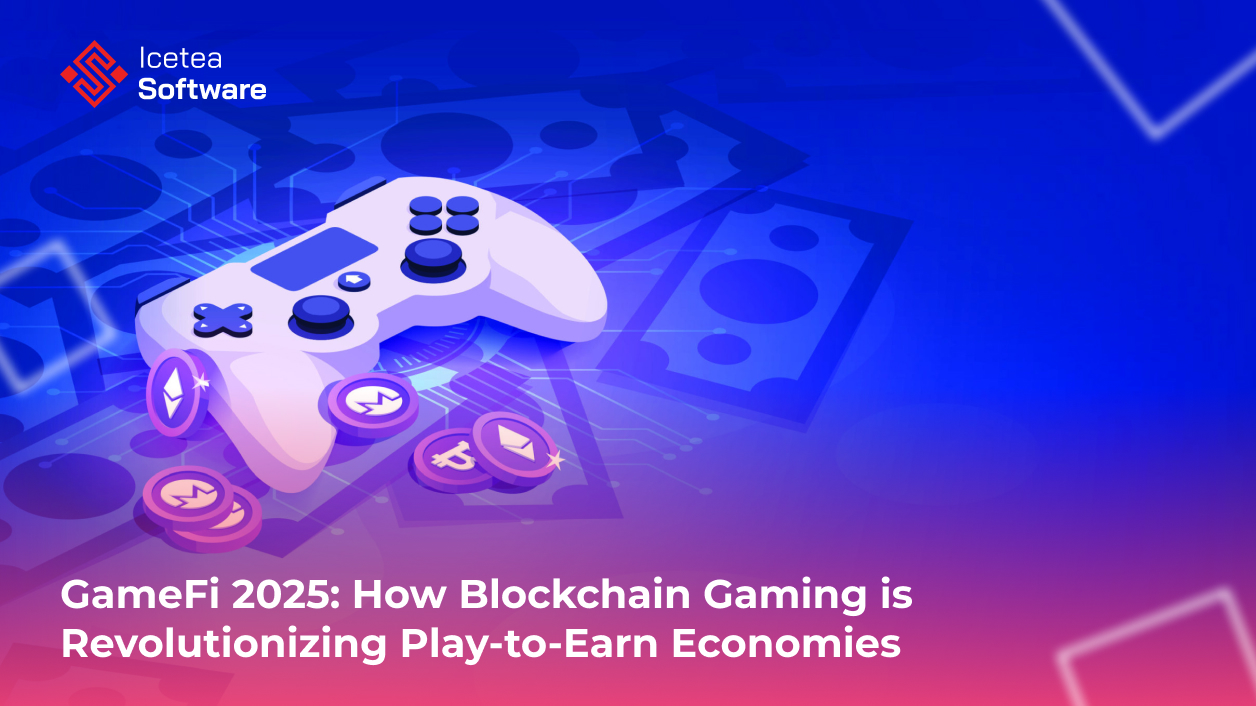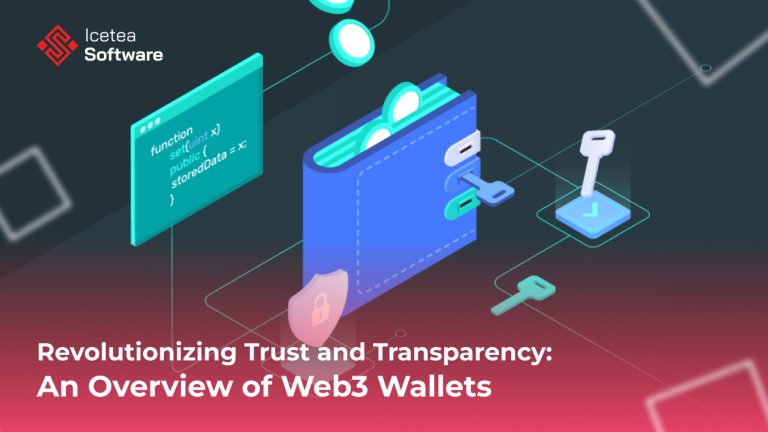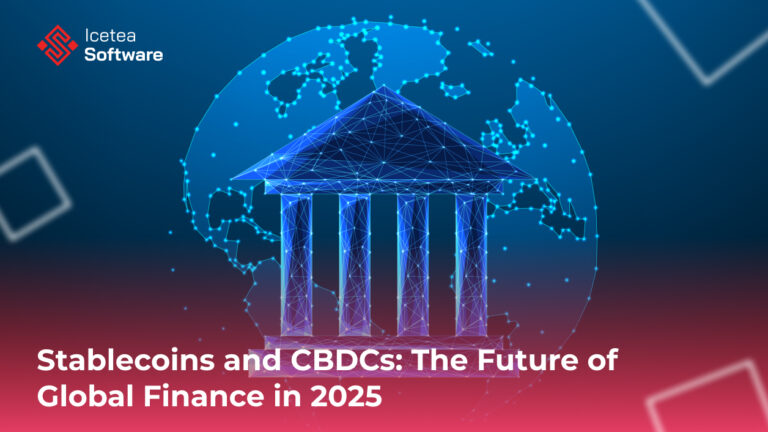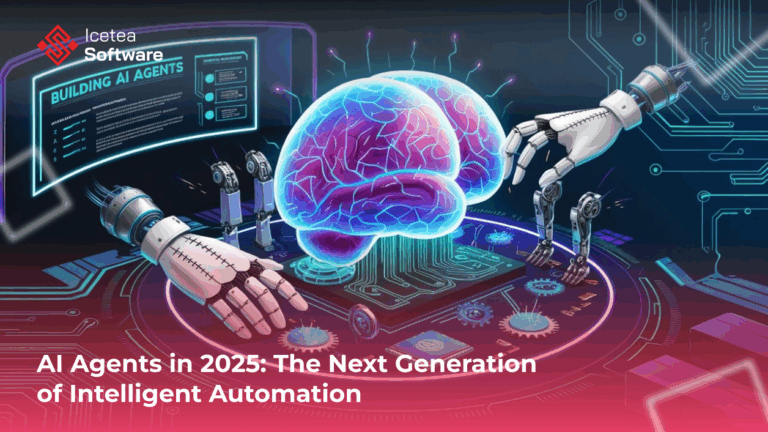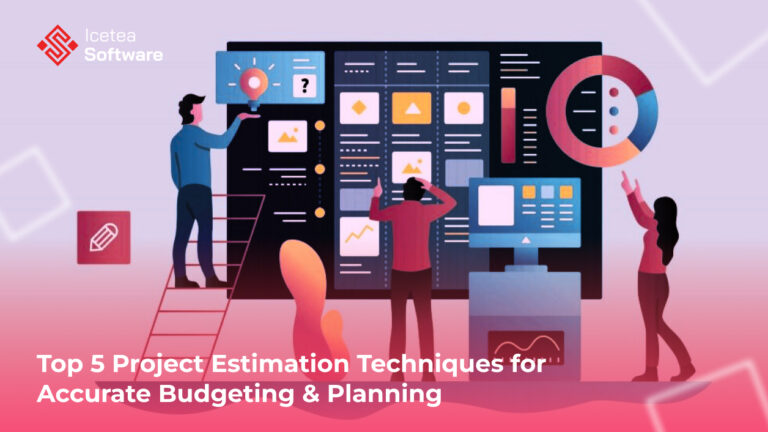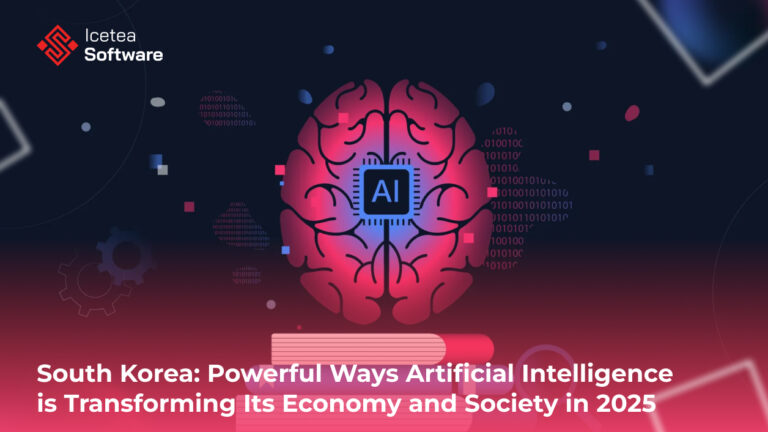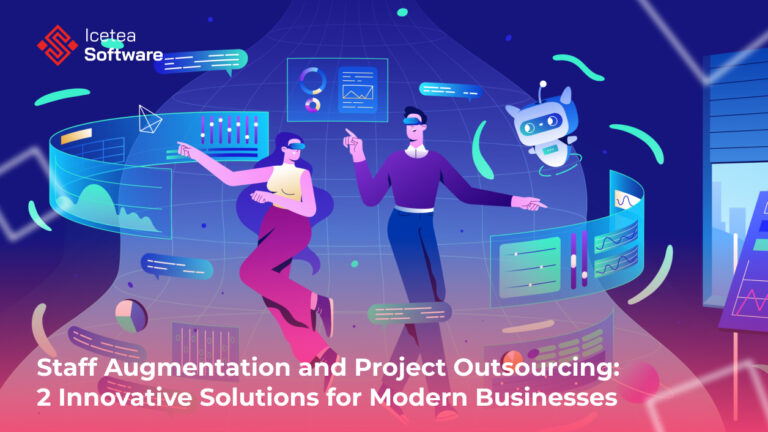GameFi 2025: How Blockchain Gaming is Revolutionizing Play-to-Earn Economies
The gaming industry is undergoing a blockchain-driven revolution. Gaming Finance, the convergence of gaming and decentralized finance, is creating opportunities for players to earn real-world value while playing. Combining blockchain technology, NFTs, and the play-to-earn (P2E) model, it is reshaping how people interact with games.
This article provides an in-depth analysis of the GameFi ecosystem in 2025, exploring emerging trends, economic potential, benefits, challenges, and future growth opportunities.
What is GameFi?
GameFi, short for Gaming Finance, refers to blockchain-based games that integrate financial incentives. Unlike traditional games, where in-game assets have value only within the game, GameFi allows players to truly own, trade, and monetize digital assets.
Key components include:
- NFTs (Non-Fungible Tokens): Digital items like characters, skins, weapons, and collectibles with provable scarcity and ownership.
- Cryptocurrencies: In-game tokens that can be converted to fiat money or traded on exchanges.
- Virtual Land and Assets: Digital real estate in metaverse platforms that players can buy, sell, or rent.
By blending entertainment with finance, GameFi transforms gaming from a hobby into a profitable, immersive experience.
For a beginner-friendly guide to NFTs in gaming, see CoinDesk’s NFT guide.
The Emergence of Play-to-Earn (P2E) Gaming
The play-to-earn (P2E) model is GameFi’s hallmark. Unlike conventional games, where rewards are purely virtual, P2E games allow players to earn assets with real-world value.
Popular Examples:
- Axie Infinity – Players earn Smooth Love Potion (SLP) tokens by battling and breeding creatures. The game became a significant source of income in Southeast Asia, highlighting GameFi’s economic potential.
- The Sandbox – Users can create, own, and monetize virtual assets, turning creativity into revenue.
- Decentraland – A metaverse platform where players buy, sell, and trade virtual land and items using MANA tokens.
P2E Economic Impact
According to DappRadar, the GameFi sector reached over $2 billion in trading volume in 2024, driven largely by NFTs and in-game token economies. In emerging markets, GameFi has become an alternative income source, demonstrating the viability of blockchain gaming as a financial ecosystem.
Key Trends Driving GameFi Growth
GameFi is fueled by technological innovation, evolving player expectations, and financial incentives. Major trends include:
1. Blockchain Integration
Blockchain technology underpins GameFi, providing:
- Decentralization: No single entity controls the ecosystem.
- Security: Smart contracts automate transactions with high reliability.
- Transparency: Players can verify ownership and transaction history.
This infrastructure enables trustless interactions, crucial for games with real-world financial stakes.
2. NFT Adoption
NFTs ensure that every in-game asset is unique and tradable. By tokenizing items as NFTs, GameFi platforms create secondary markets, allowing players to sell or rent assets, generating additional revenue streams.
- Example: Axie Infinity’s NFTs are traded for thousands of dollars, creating a viable income for top players.
3. DeFi Mechanisms
GameFi integrates decentralized finance for:
- Staking: Players can lock tokens to earn interest.
- Yield Farming: In-game tokens generate returns in DeFi ecosystems.
- Liquidity Pools: Players contribute tokens to pools for rewards.
This combination of gaming and finance attracts not just gamers, but crypto investors, creating a hybrid ecosystem.
4. Metaverse Expansion
GameFi thrives in metaverse platforms where virtual worlds combine social interaction, commerce, and entertainment. Players can:
- Trade assets on NFT marketplaces.
- Build and monetize virtual experiences.
- Participate in decentralized governance.
Explore metaverse and blockchain gaming at Forbes: How Metaverse and Gaming Converge.
5. Cross-Platform Interoperability
Some GameFi projects allow cross-game and cross-chain transfers, increasing asset utility. Players can use an NFT from one game in another, creating a more connected virtual economy.
Benefits for Players and Developers
Player Advantages
- Financial Rewards: Players monetize skills and time.
- True Digital Ownership: NFTs confirm asset ownership.
- Community Governance: Players influence in-game decisions.
- Skill Enhancement: Competitive P2E games develop strategic thinking and problem-solving.
Developer Advantages
- New Revenue Models: Sales of NFTs and tokens, plus secondary market fees.
- Increased Retention: Financial incentives encourage long-term engagement.
- Crowdfunding Opportunities: Initial NFT or token sales fund development.
- Global Reach: Blockchain games appeal to a worldwide audience without traditional publishing constraints.
Challenges Facing
Despite its growth, GameFi faces hurdles:
1. Regulatory Uncertainty
GameFi straddles gaming and finance, with unclear regulations in most countries. Regulatory clarity is needed to protect players and developers.
2. Market Volatility
GameFi tokens are often tied to cryptocurrencies, which fluctuate. This can impact player earnings and the stability of in-game economies.
3. Technical Barriers
Wallet management, token transfers, and smart contracts can be confusing for casual gamers, limiting adoption.
4. Game Quality Issues
Some early GameFi projects prioritized tokenomics over gameplay, resulting in low engagement. The long-term success of GameFi depends on high-quality, enjoyable experiences.
5. Environmental Concerns
Proof-of-work blockchains consume significant energy. Many GameFi projects are moving to proof-of-stake or Layer-2 solutions, but sustainability remains an industry focus.
Future Outlook
The GameFi landscape is evolving rapidly. Key developments to watch in 2025 and beyond include:
Improved Game Design
Games combining entertaining gameplay with financial incentives will dominate. Developers must focus on story, mechanics, and user experience.
Mainstream Adoption
As blockchain knowledge grows, mainstream gamers may embrace GameFi. Easier onboarding and simplified wallets will reduce entry barriers.
Interoperability and Multiverse Integration
Cross-chain and cross-game asset usage will increase liquidity and value for players. The future metaverse could be an interconnected ecosystem where GameFi is central.
Regulatory Clarity
Governments will establish clearer rules around crypto gaming, NFTs, and virtual assets, giving stability to the ecosystem.
Hybrid Models: Play-and-Earn
Many platforms are shifting to play-and-earn, where financial incentives complement enjoyable gameplay, appealing to casual and dedicated players alike.
Case Studies: Success Stories
Axie Infinity
- Launch Year: 2018
- Blockchain: Ethereum (via Ronin sidechain)
- Revenue Model: NFT sales, breeding fees, token trading
- Impact: Provided sustainable income for thousands of players in the Philippines during the pandemic.
The Sandbox
- Blockchain: Ethereum
- Unique Selling Point: User-generated content and virtual land ownership
- Market Cap: Over $1 billion in 2024
- Significance: Demonstrates that creative freedom and economic incentives drive engagement.
Decentraland
- Blockchain: Ethereum
- Focus: Virtual real estate and social experiences
- Significance: Shows that immersive metaverse experiences can coexist with real-world economies.
Explore more GameFi projects at DappRadar GameFi section.
Final Thoughts
The gaming landscape is undergoing a significant transformation, shifting from passive entertainment to interactive financial ecosystems. Play-to-earn (P2E) models and NFTs play a central role in driving both player engagement and economic activity within these platforms. Despite their promise, these blockchain-based games face notable challenges, including regulatory uncertainty, market volatility, and the need for greater user education.
Looking ahead, future growth will rely on higher-quality gameplay, enhanced interoperability across platforms, and broader mainstream adoption. By 2025, this emerging segment of the gaming industry is expected to offer meaningful economic opportunities for both players and developers. Gaming is no longer just about fun—it has evolved into a space for value creation, digital ownership, and community-driven ecosystems.
About Icetea Software
Icetea Software is a Vietnam-based technology firm specializing in scalable, secure, and future-ready solutions in Web3, AI, and digital transformation. With operations in Vietnam and Korea, the company supports global enterprises and startups through end-to-end technology services, infrastructure development, and innovation consulting.
𝗜𝗰𝗲𝘁𝗲𝗮 𝗦𝗼𝗳𝘁𝘄𝗮𝗿𝗲 – Revolutionize Your Tech Journey!
Website: iceteasoftware.com
LinkedIn: linkedin.com/company/iceteasoftware
Facebook: Icetea Software
X: x.com/Icetea_software
